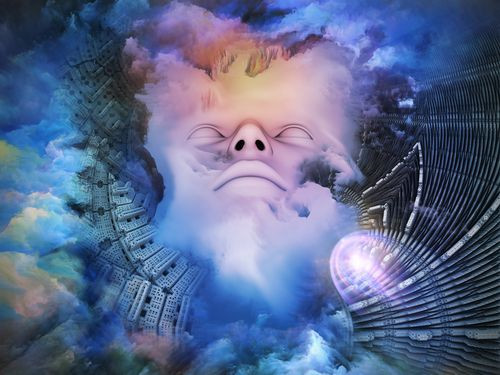Open Science Or Protective Laws? Ending Restrictions On Psychoactive Drug Research

LSD, MDMA (ecstasy), psilocybin (magic mushrooms), and marijuana are all classified under the Controlled Substances Act of 1970 as Schedule 1 drugs, defined as having “no currently accepted medical use” and most dangerous for being most highly addictive. Despite such harsh assessment, the editors of Scientific American are calling for an end to the effective ban on psychoactive drug research, arguing that discovery of new psychiatric medications is at a “virtual standstill” and exploration of these substances might yield new thinking.
According to the editors, the Schedule 1 category essentially prohibits scientists from conducting research in standard channels as these substances are not available from a chemical supply catalogue, and it can take years to gain approvals from both regulators and ethics committee members. Yet in real terms, the erected wall, the editors maintain, is as artificial as the wall that once circled Berlin, dividing a common culture, creating an unnatural barrier among family members. After all, scientific literature once abounded with scientific investigations of LSD, which was a much hailed aid to psychotherapy in the 1950s; the consummate movie star Cary Grant was known to have fondly described how it helped him while undergoing therapy. In the 1970s, MDMA was used in a similar way by therapists hoping to help their patients “open up.” Most importantly, today prescriptions for “medical marijuana” are legally allowed in various states.
If these psychoactive substances can either trace their origins to medical use or are currently allowed for medical use, isn’t it both unethical and counter-scientific to restrict exploration of their short and long-term effects, even their potential benefits and harms?
Some would unhesitatingly disagree. Those who remember the Project MKUltra scandal of the 1970s would suggest that plenty is already known about the effects of LSD and none of it is good. This clandestine CIA operation, which consequently required a Freedom of Information Act request to fully unmask, examined methods of influencing and controlling people’s minds and behavior, often by secretly administering LSD to unwitting subjects. Most damningly, the government operation involved 44 colleges and universities, as well as hospitals, prisons, and pharmaceutical companies. The CIA’s intentional destruction of records means all the effects of this operation will never be known, yet it is widely agreed that the practices resulted in at least a few deaths, countless moments of aberrant conduct. Theodore Kaczynski, the unabomber, is believed to have participated in experiments conducted at Harvard that may be linked to the MKUltra project.
Does it matter, then, if psychologists would like to know whether LSD can relieve cluster headaches or end obsessive-compulsive disorder as the editors of Scientific American suggest?
Every substance, even those commonly seen as relatively harmless, are always hurtful or even downright deadly to some. The same exact quantity of sugar that can put a smile on a 10-year-old’s face could also kill a diabetic. That, though, is precisely what scientific experimentation is all about: knowing, not guessing, the effects of a molecule. Perhaps the world would be a better place for knowing whether MDMA or other drugs could effectively treat PTSD, attention-deficit hyperactivity disorder, nausea, sleep apnea, multiple sclerosis, and other conditions. Some of the psychoactive drugs listed as Schedule 1 can be reclassified as Schedule 2, thereby remaining illegal yet at the same time releasing the lock on scientific investigation. Open the windows, unlock the doors, it’s time to let a little air into the lab.



























